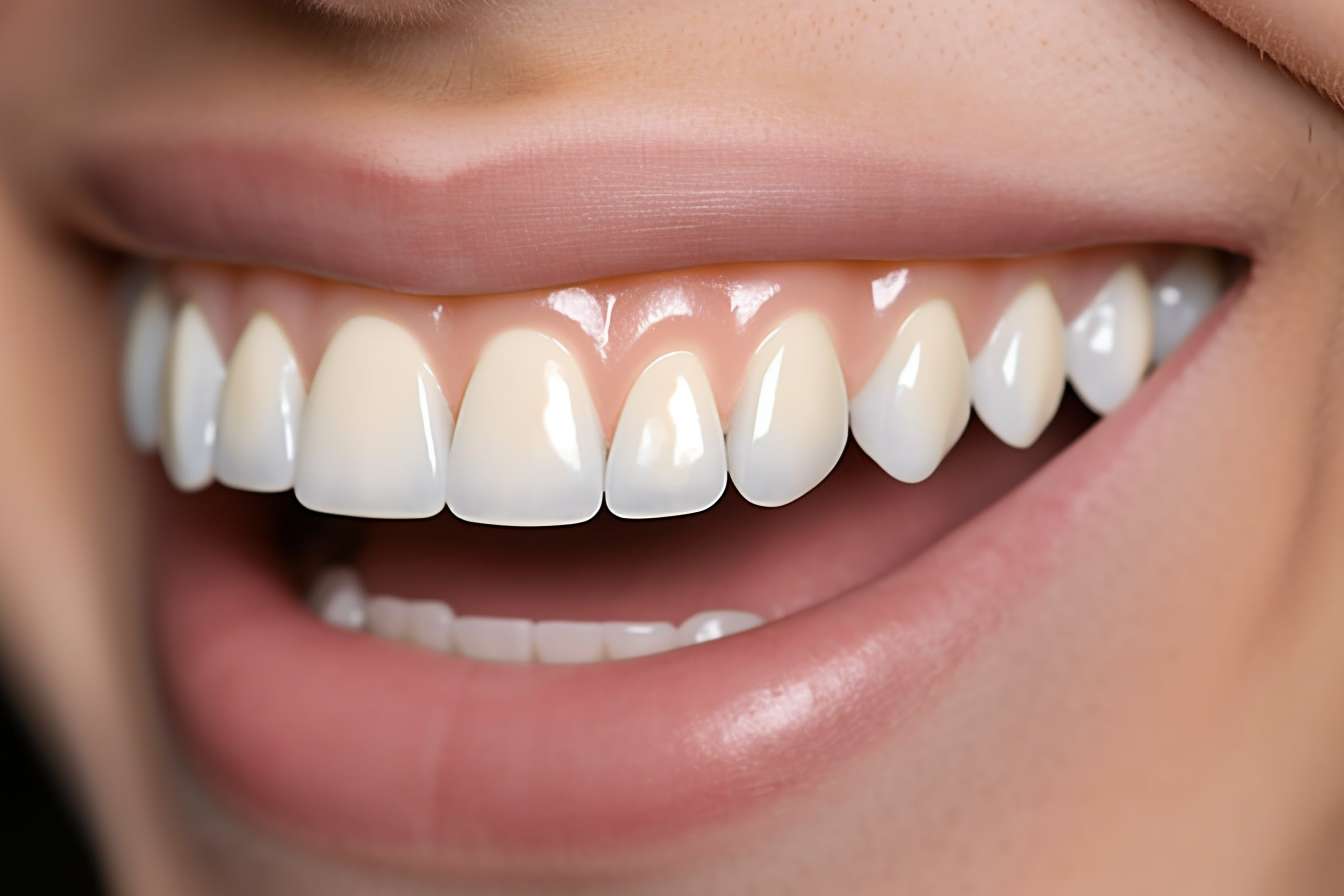At-home approaches to restoring smile brightness
Simple, consistent at-home practices can noticeably improve smile brightness over time. Combining a whitening toothpaste with mindful habits helps manage surface stains, protect enamel, and reduce sensitivity. This overview explains ingredient roles and safe daily steps to support a brighter smile.

A practical at-home plan can help restore and maintain smile brightness without clinical procedures. Whitening toothpastes work primarily on surface discoloration, and when combined with sensible habits they can reduce visible staining while preserving enamel. This article covers how common ingredients function, the balance between cleaning power and abrasivity, and a realistic daily routine for stain prevention and comfort.
How does enamel influence results?
Enamel is the outer, semi-translucent layer of the tooth that largely determines perceived color. Whitening at home typically targets extrinsic stains on the enamel surface, so preserving enamel thickness and mineral content matters for long-term brightness. Products that include fluoride can help remineralize early wear and support enamel resilience. If enamel is thin or compromised, intrinsic discoloration may require professional assessment rather than only at-home whitening efforts.
What approaches improve stain removal?
Stain removal relies on both mechanical and chemical mechanisms. Mild abrasives in toothpaste physically scrub away surface deposits, while enzymes, chelators, or low concentrations of peroxide break down or lift pigmented molecules. Regular brushing after consuming staining foods and beverages reduces buildup. For sustained results, pair toothpaste use with interdental cleaning and periodic professional cleanings to remove tartar and deeper deposits that at-home products cannot reach.
How does abrasivity relate to sensitivity?
Abrasivity measures how aggressively a paste polishes the tooth surface. Higher abrasivity can be effective at removing stains but may accelerate enamel wear and contribute to increased dentin exposure, which leads to sensitivity. People prone to sensitivity should choose lower-abrasivity formulations and consider toothpaste designed for sensitive teeth. Monitor any change in tooth sensation; if sensitivity worsens, reduce frequency of use or consult a dental professional to adjust your routine.
Which role do fluoride and bicarbonate play?
Fluoride supports enamel remineralization and cavity prevention, so its presence in whitening or everyday toothpaste helps maintain the tooth structure underlying brightness. Bicarbonate (baking soda) is a mild abrasive and pH buffer included in some formulations; it can assist stain removal with relatively low abrasivity compared with harder scrubbing agents. Toothpastes that combine fluoride with gentle bicarbonate polishing offer a twofold benefit: stain management and ongoing enamel protection as part of daily oral care.
What active ingredients contribute to polishing?
Active ingredients for polishing include hydrated silica and other fine abrasives that improve surface texture and light reflection. Some formulations add low levels of hydrogen peroxide, enzymes that break down stain proteins, or agents like sodium tripolyphosphate to bind and lift stains. Effective polishing balances visible results with enamel safety; avoid products that list aggressive abrasives without protective components. Look for clear labeling and product information about abrasivity levels if enamel preservation is a priority.
How to build a daily routine for stain prevention?
A consistent daily routine reduces the rate at which stains accumulate. Brush twice daily with a fluoride-containing toothpaste suited to your sensitivity level; if using a whitening toothpaste, alternate or replace your regular paste based on tolerance and professional advice. Floss daily to remove interdental staining, rinse or drink water after consuming staining items, and limit frequent sipping of colored beverages. Regular dental check-ups and cleanings support at-home efforts by addressing stubborn deposits and offering tailored guidance for maintaining brightness.
This article is for informational purposes only and should not be considered medical advice. Please consult a qualified healthcare professional for personalized guidance and treatment.
Maintaining a brighter smile at home is a matter of realistic expectations, balanced product choices, and consistent habits. Whitening toothpastes can help manage surface stains and enhance perceived brightness when they use appropriate abrasivity, protective fluoride, and suitable active ingredients. Combined with sensible dietary choices and routine oral care, these approaches support a healthier, brighter appearance over time.





